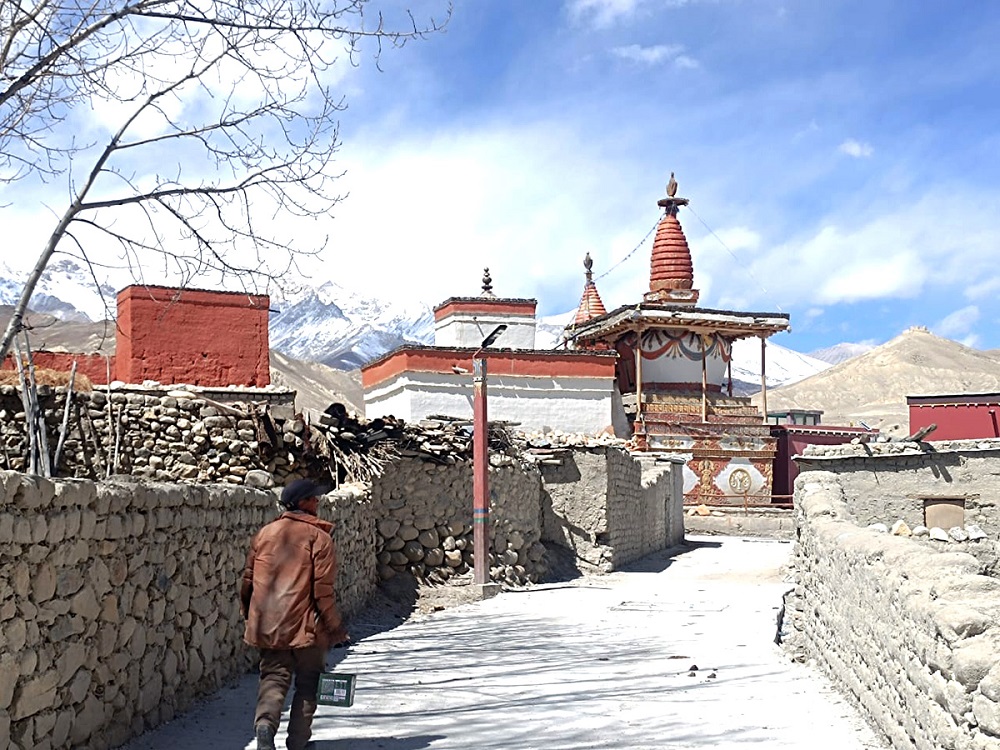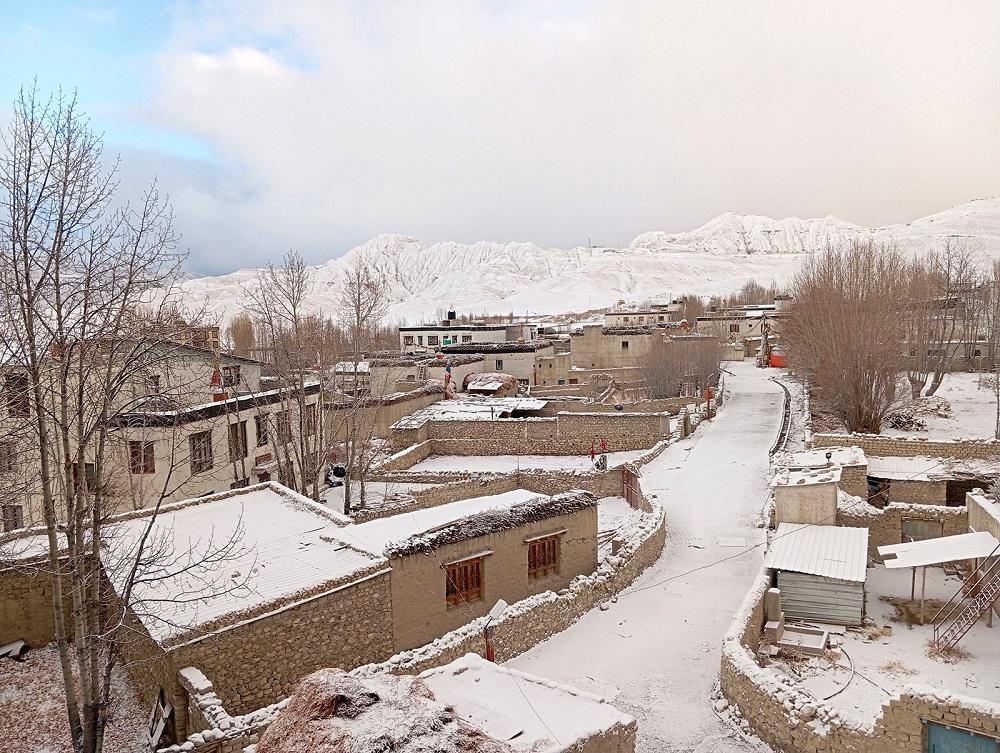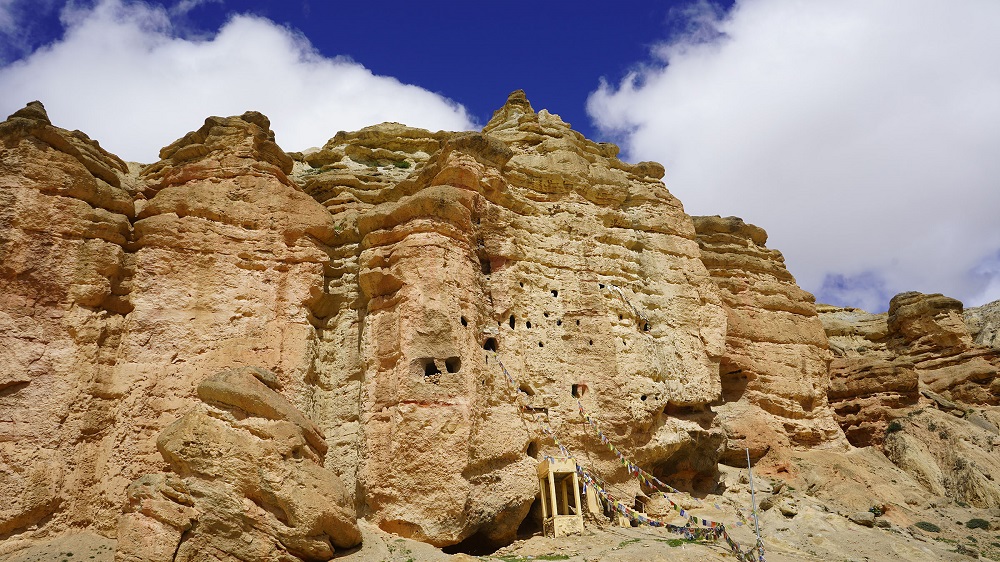Mustang—with its picturesque landscapes, sacred shrines, and ancient Tibetan culture—continues to cement its place as one of Nepal’s most sought-after destinations. According to the District Police Office, a total of 396,901 tourists visited the Himalayan district in the first eight and a half months of the current fiscal year (mid-July 2024 to the end of March 2025).
The numbers reflect a strong domestic presence: 333,845 Nepalis explored Mustang during this period, compared to 63,056 foreign visitors, said Police Inspector Bishal Adhikari, spokesperson for the District Police Office, Mustang.
Among the domestic travelers, 238,354 were men and 95,491 were women. Internationally, 35,618 men and 27,438 women made their way to Mustang’s windswept valleys and sacred landmarks.
Monthly arrival data paints a picture of consistent growth in domestic tourism. From just under 11,000 Nepali visitors in mid-July to mid-August, the number climbed to over 99,000 in the mid-October to mid-November window—a peak tourist season tied to favorable weather and religious observances.

Foreign arrivals followed a similar pattern, surging from 3,054 in the first month to 14,124 in October-November, then again to 13,405 in the final stretch of March. These trends show Mustang’s growing pull across different seasons and demographic groups.
In comparison, the previous fiscal year (2023/24) saw 454,326 tourists, including 354,927 domestic and 99,399 foreign visitors. While the current year’s numbers are still catching up, the trend suggests that Mustang is well on track to match or surpass last year’s total by the end of the fiscal year.
Indian Tourists Lead Foreign Arrivals
Inspector Adhikari noted that domestic tourists made up 81 percent of the total visitors so far, with foreigners accounting for the remaining 19 percent. Of the international arrivals, a significant 80 percent were Indian nationals, drawn by Mustang’s shared cultural and spiritual roots.
The improved condition of roadways—under the national pride project—has been a game-changer. With easier access to the famed temple of Muktinath as well as Kagbeni and Upper Mustang up to Korala, the border point near Tibet, have seen a sharp rise in domestic visitor numbers.
“More and more Nepalis are reaching Korala after the condition of road improved,” said Tasinarbu Gurung, chair of Lomanthang Rural Municipality.

A Living Heritage
Beyond infrastructure, Mustang’s allure lies in its rare blend of spirituality, history, and natural beauty. The region hosts ancient Buddhist monasteries, stone shrines known as chortens, and archaeological caves that whisper stories from centuries past. In Upper Mustang, the 700-year-old royal palace and sacred sites associated with Guru Padmasambhava continue to draw pilgrims and researchers alike.
Lopsang Chomphel Bista, chair of Loghekar Damodarkunda Rural Municipality, observed a growing interest from both Nepali and foreign tourists. “Mustang offers something timeless—its culture, festivals, and way of life are as authentic as they come,” he said. -- RSS













